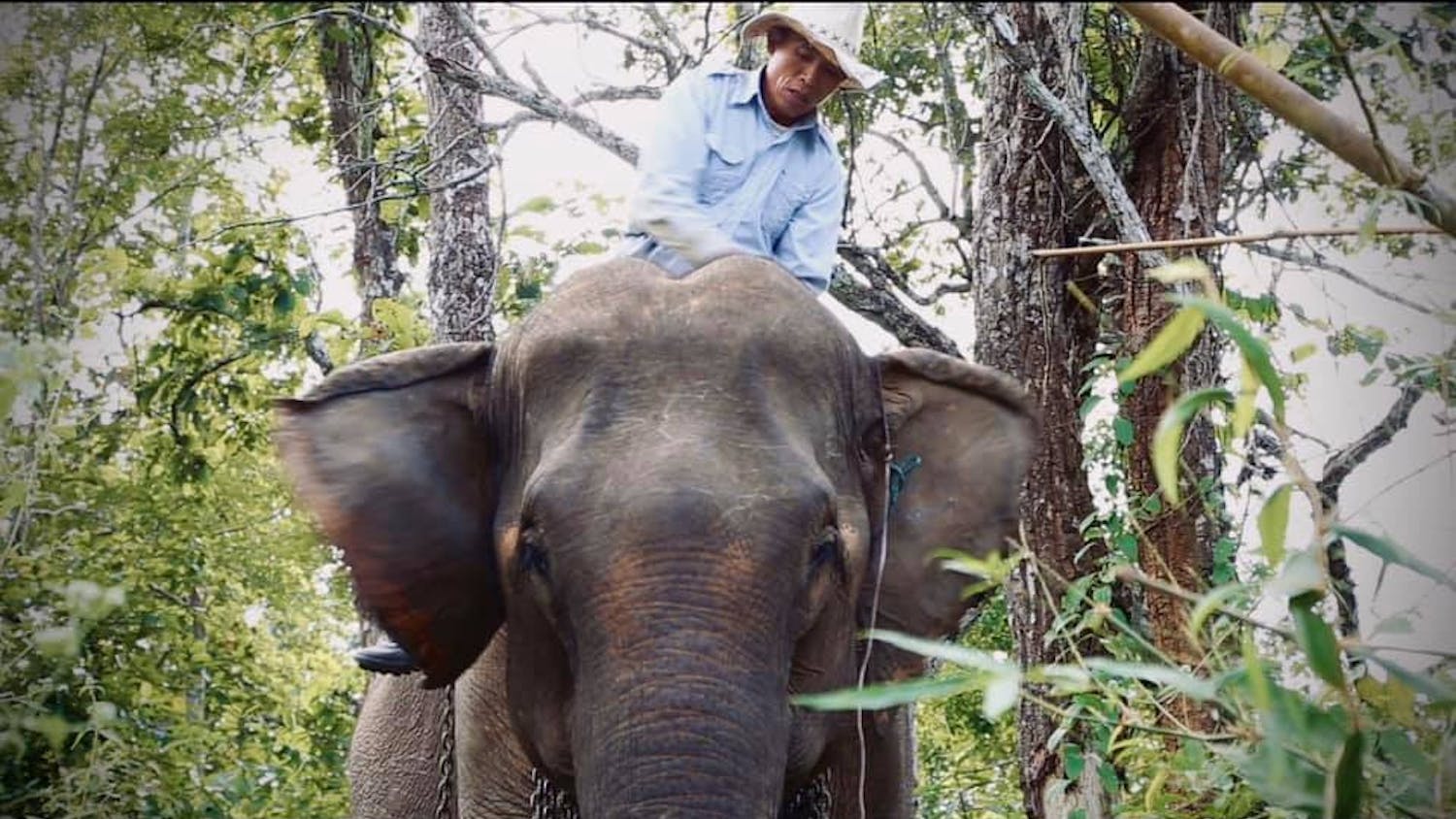One would think with the recent press coverage that a lot of progress is being made in Hollywood: Ellen DeGeneres served pizza at the Academy Awards, and Jennifer Lawrence got a pixie cut. It all looks pretty good from where I sit.
But in all seriousness, the latest Academy Awards was celebrated for its major milestones for people of color. Lupita Nyong’o became the sixth black actress to win Best Supporting Actress, Steve McQueen became the first black British person to be nominated for Best Director and the first black producer to win Best Picture, and Cheryl Boone Isaacs is the first African-American president of the Academy of Motion Picture Arts and Sciences. Also, “Saturday Night Live” recognized in January that while white women can be funny, black women can be too, by adding its first black female cast member in six years, Sasheer Zamata.
However, not everything is colorful in Hollywood. With the recent news that the white Rooney Mara has been cast to play the Native American role of Tiger Lily in Warner Bros.’ rendition of Peter Pan, “Pan,” it is clear that there is trouble in Neverland.
The decision to cast a non-Native American actress in a Native American role has sparked controversy, Twitter debates and an online petition asking Warner Bros. to “stop casting white actors to play people of color” that has received about 8,100 signatures as of press time.
However, some may view this backlash as all talk. U.S. News referred to it as an “obligatory Twitter freakout.” And Warner Bros. may be of the same opinion that they can ride out this predicted and routine outrage. The fact is, Warner Bros. will not risk supporting a no-name Native American actress when it can draw in audiences with a well-known face like Mara’s. When Warner Bros. can make $30 million in ticket sales on a movie, a petition signed by 8,000 people seems pretty insignificant. Though change may not be made before “Pan” makes theaters, the coverage of this topic is still important for the long-term reorganization of Hollywood.
According to the 2010 U.S. census, Native Americans make up about 2 percent of the population, but according to a Screen Actors Guild report, only 0.3 percent of all TV and film roles cast went to Native American actors in 2008. Also, according to a University of Southern California study, only 10.8 percent of speaking characters in the 500 top-grossing films from 2007 to 2012 were black, 4.2 percent were Hispanic, and 5 percent were Asian.
This leaves about three-quarters of all speaking characters to white actors and actresses. So relatively, whites in Hollywood are more prevalent than water on Earth. Therefore, when a specifically Native American role is given to another white actor, it is disheartening.
Furthermore, we should stop pigeonholing Native Americans into primarily Western roles or stories that only exist in the past. No wonder there is not a huge pool of Native American actors to choose from. Why would they try to go into a field where even the roles specifically made for them are given away? To engage more Native American actors, we need to promote their presence in modern-day roles.
I’m not upset about the casting of Tiger Lily to a “lily-white” actress because it doesn’t maintain the traditional canon.
Rather, I think we need to upset canons more often to present a more realistic representation of the population.
[Lauren Adamson is a UF journalism junior. Her columns appear on Tuesdays. A version of this column ran on page 6 on 3/25/2014 under the headline "Hollywood needs to fix its race problem"]





